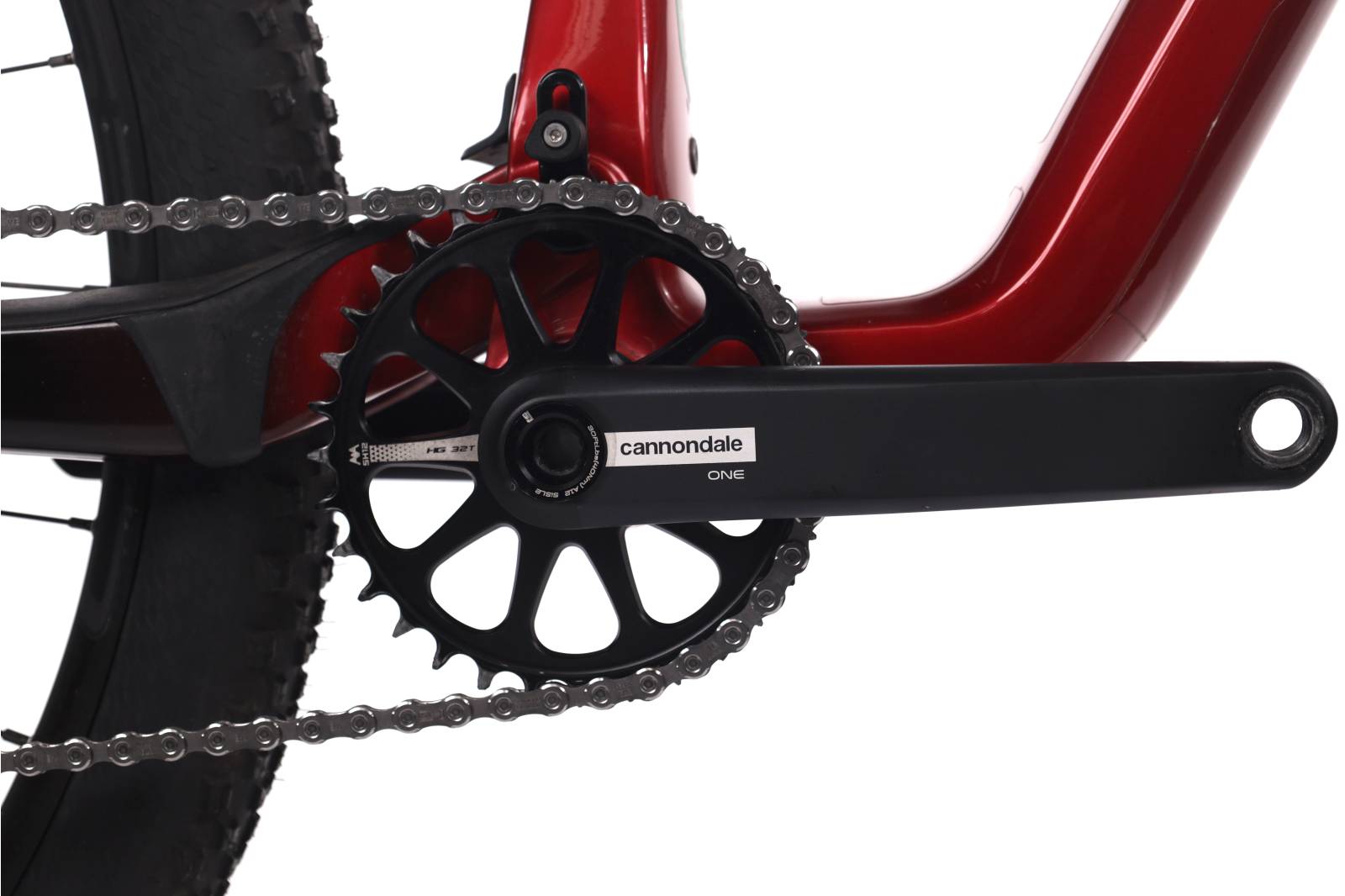The speed wars in cycling began in the 1990s. Back then, whoever had a bike with a 3x9 drivetrain was the leader of the group, the most technologically advanced. The years passed and 10-speed cassettes arrived, and later, 11-speed ones. Today, 11-speed cassettes are already a standard on road bikes. But it seems they have become obsolete in the mountain segment. And why do 11-speed rear derailleurs seem to fall short in mountain biking? It is a consequence of the implementation of one of the greatest advances in modern cycling, along with 29" wheels: the famous single chainring.
👉 7 essential innovations that have changed mountain biking
The arrival of the single chainring to mountain biking
Before we dive into talking about gear ratios, let's briefly discuss the single chainring. Single chainring drivetrains emerged a few years ago as a solution to the demand for simplicity, weight reduction, and fewer breakdowns and maintenance for the most active users. At its inception, the single chainring faced a serious problem, which, although now seems solved, at the time made many users doubt its viability. We're talking about 10-speed cassettes. A 10-speed cassette began with an 11-tooth sprocket (or cog) and ended with a 42-tooth one. This range is not wide enough for an average user to tackle steep inclines and then reach decent speeds on the flat. [irp posts="1117" name="We analyze single chainring bikes: fashion or performance?"] That’s why the industry quickly launched 11-speed cassettes on the market, with an average range of 11-46. That is, a small 11-tooth cog and a superior 46-tooth cog.

It is worth highlighting two major players in this market: Sunrace with its 11-46, one of the most affordable, and Leonardi with its 9-45, which, although much more expensive than its competitors, offered users a wider range. However, perhaps the big winner in this battle (and in the whole war of speeds and single chainring) has been the American SRAM. Its GX 11-speed group was and is a bestseller. Affordable, with a GripShift shifter, now reliable, and with a robustness that delighted users who neglected the maintenance of their bikes.
The emergence of 12-speed drivetrains
SRAM was the drivetrain manufacturer that revolutionized the market with its 12-speed Eagle groupsets. In a very short time, the industry has already adopted 1x12 single-chainring systems as the standard in practically all ranges of mountain bikes, including the lowest ones from the vast majority of brands. Shimano, the other giant of drivetrain groups, has rushed to release its XTR 12-speed to try to balance the scales. But... why are 12 speeds necessary now, when 11-speed drivetrains had already convinced us?
Well, it’s simple: because of the lack of progression in the jumps between cogs and, above all, to widen the cassette’s range. Let’s study this point and compare the 1x12 with the 1x11 and the more established 2x10 in the market at each moment.
Comparison of gear ratios and conclusions

To make the comparison we used the MTBXC calculator. In the image below we have the following:
- In the first column, the new SRAM Eagle GX with a 34-tooth chainring and a 10-50 tooth cassette. It is worth noting that it uses an XD driver, not compatible with the vast majority of cassettes. Likewise, the GX cassette is more affordable.
- In the second column, the data for the bestseller Shimano XT M8000, with a 32-tooth chainring and an 11-46 cassette ratio.
- And in the third column, the data for the Shimano XT double chainring 24-38, with an 11-36 cassette. Also a bestseller in its time (back in 2015).
Analyzing the data, what conclusions can we draw about the 1x12 transmission system? Well, it seems quite obvious that both at higher speed (34x10) and at lower speed (34x50), the SRAM GX 12-speed wins in range over the Shimano XT 11-speed. However, the great advantage of the 12-speed is not its greater range, but its better progression in the jump between cogs (speeds) compared to the 11-speed and its simplicity when compared to the double chainring. We can observe how it follows a clear exponential progression, without overlap of speeds as happens in the double chainring in the 24-15 and 38-24 ratios, nor large losses at the range extremes as in the case of the XT M8000 (see Highest gear and Lowest gear in the graph). So, all that’s left is for you to try a 1x12 and finally convince yourself that the cycling industry, besides innovating to generate commerce, does so for user satisfaction. And in this case, just as happened with 29” wheels, they have absolutely nailed it.
